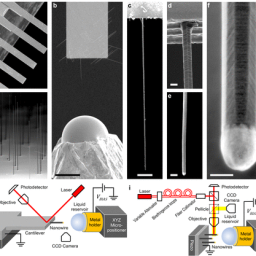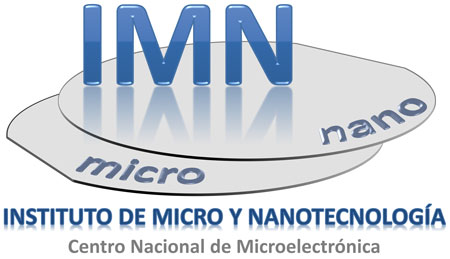Authors: Buencuerpo, J; Llorens, JM; Ripalda, JM; Steiner, MA; Tamboli, AC
Article.
Opt. Laser Technol.. vol: 142. page: 0030-3992.
Date: OCT. 2021.
Doi: 10.1016/j.optlastec.2021.107224.
Abstract:
III-V solar cells dominate the high efficiency charts, but with significantly higher cost than other solar cells. Ultrathin III-V solar cells can exhibit lower production costs and immunity to short carrier diffusion lengths caused by radiation damage, dislocations, or native defects. Nevertheless, solving the incomplete optical absorption of sub-micron layers presents a challenge for light-trapping structures. Simple photonic crystals have high diffractive efficiencies, which are excellent for narrow-band applications. Random structures offer a broadband response instead but suffer from low diffraction efficiencies. Quasirandom (hyperuniform) structures lie in between, providing high diffractive efficiency over a target wavelength range, which is broader than simple photonic crystals, but narrower than a random structure. In this work, we present a design method to evolve a simple photonic crystal into a quasirandom structure by modifying the spatial-Fourier space in a controlled manner. We apply these structures to an ultrathin GaAs solar cell of only 100 nm. We predict a photocurrent for the tested quasirandom structure of 25.3 mA/cm2, while a planar structure would be limited to 16.1 mA/cm2. The modified spatial-Fourier space in the quasirandom structure increases the amount of resonances, with a progression from discrete number of peaks to a continuum in the absorption. The enhancement in photocurrent is stable under angle variations because of this continuum. We also explore the robustness against changes in the real-space distribution of the quasirandom structures using different numerical seeds, simulating variations in a self-assembly method. We observe a standard deviation of the quasirandom structures of only 0.3 mA/cm2. The approach presented here can be applied to guide future optimizations and experimental design and fabrication of new classes of photonic crystals for GaAs and other ultrathin solar cells..




